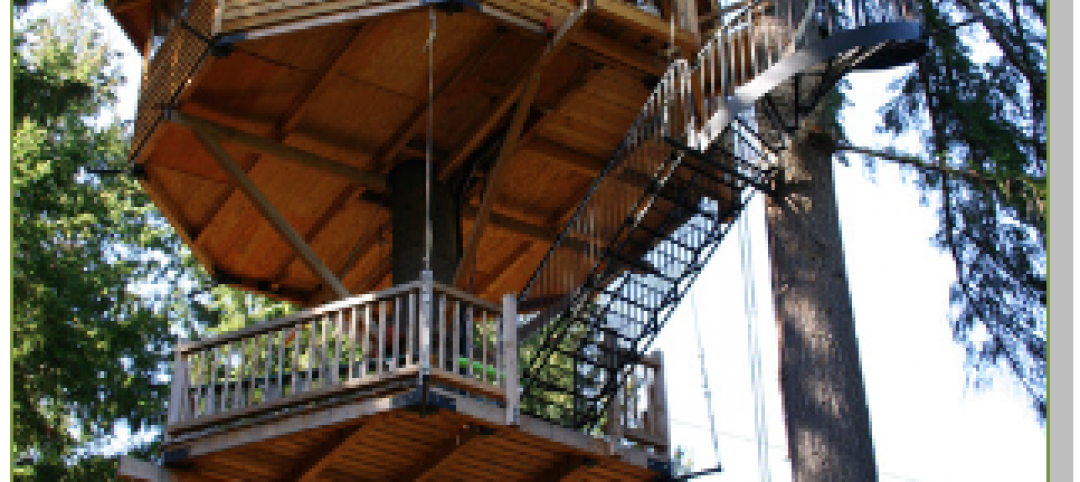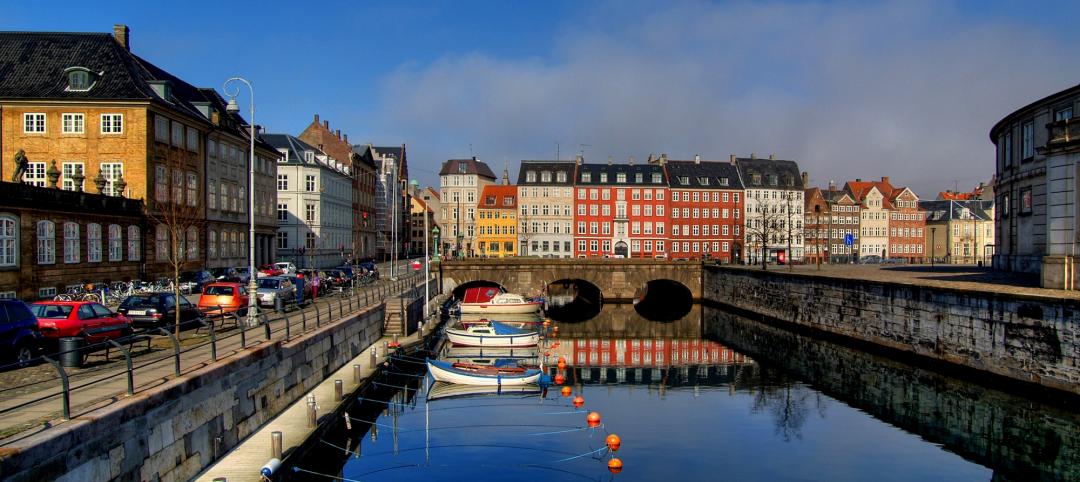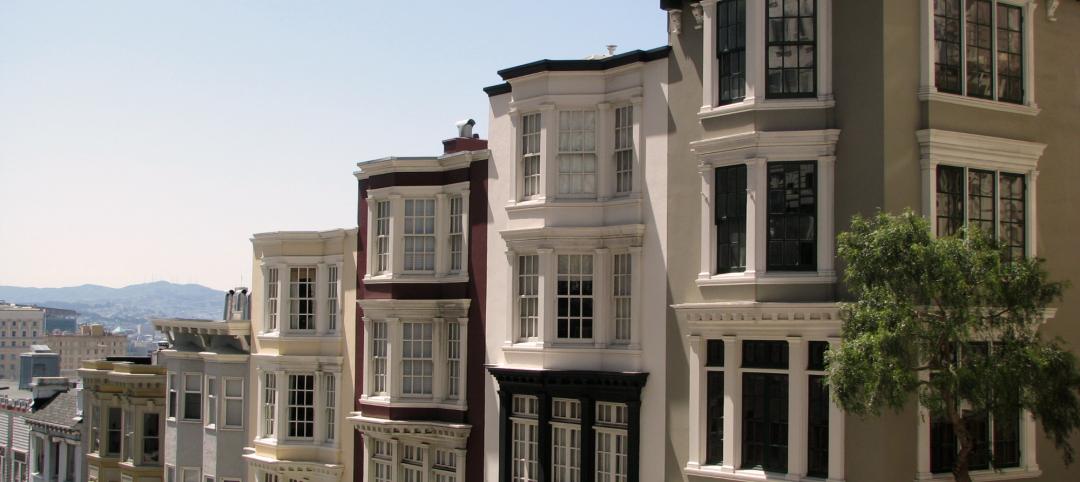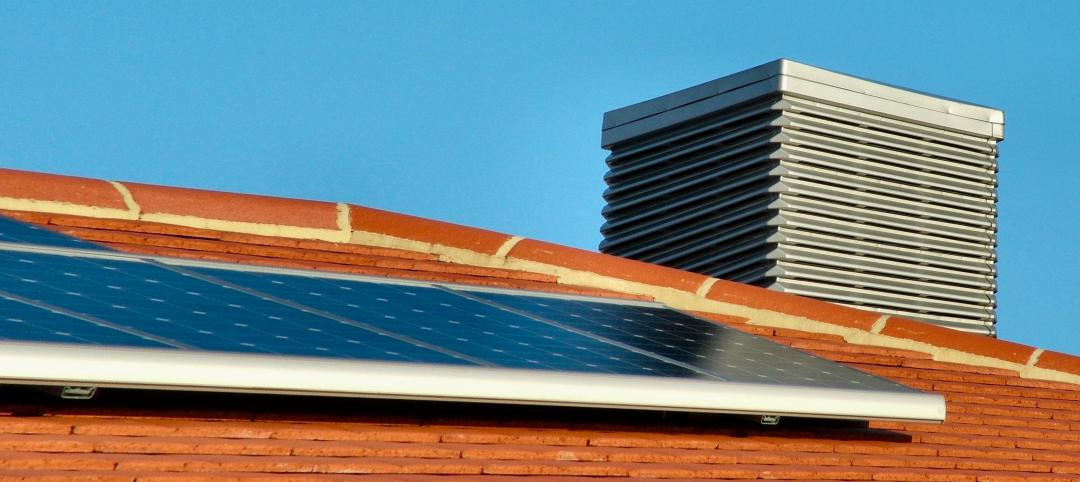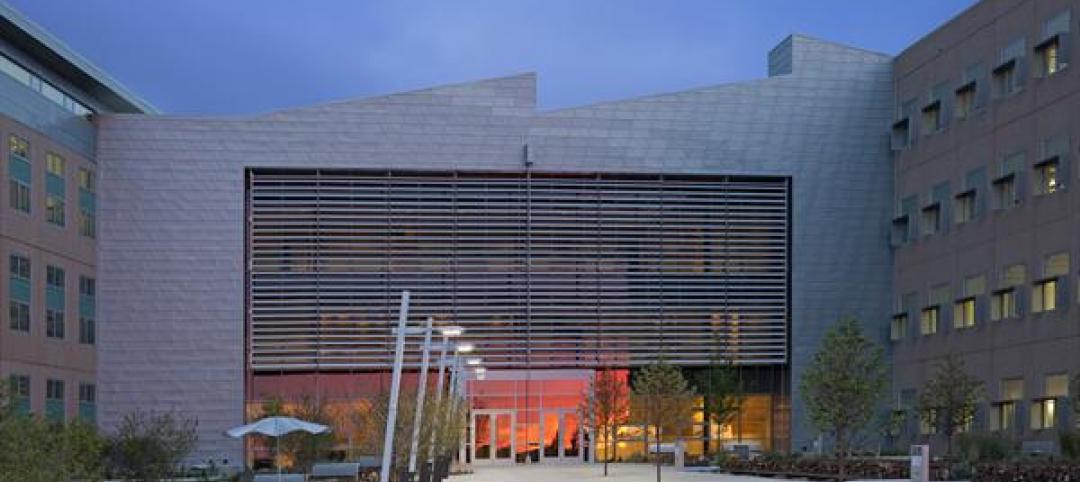Cities could push the envelope on sustainable development, and new building materials are key components of that effort.
An enhanced focus on green building materials and a sustainable supply chain that ensures that other communities are benefiting from local choices should be a part of the plan.
New construction methods can increase lighting during cloudy or rainy weather and cut down on heat penetration during hot, sunny days. Newer developments include windows made with nano-crystals that control intense heat penetration while lighting living areas from the outside.
(http://www.triplepundit.com/2013/12/smart-city-2020-ecological-partnership/)
Related Stories
| Sep 12, 2011
Putting a stamp on USPS's first green roof
The Morgan Building roof totals 150,000-sf. In addition to a vegetated green roof, other roof areas were upgraded and included 55,000-sf of reflective concrete pavers and ballast, which were also placed over a Sarnafil waterproofing membrane, and 40,000-sf of EnergySmart Roof—a reflective, energy-efficient vinyl roofing system from Sika Sarnafil.
| Jul 22, 2011
High-performance windows and doors
Learning objectives After reading this article, you should be able to: Understand issues of thermal performance and energy efficiency in relation to window and door systems; describe optimal detailing of the window-wall interface and how it contributes to building performance, sustainability, and occupant well-being; understand how durability contributes to sustainable windows/doors; and list sustainable O&M requirements for window and door systems.
| Jun 30, 2011
Balancing cost and energy performance in net-zero buildings
BD+C Editorial Director Robert Cassidy talks with The Weidt Group's David Eijadi, FAIA, about the cost of producing net-zero buildings.







